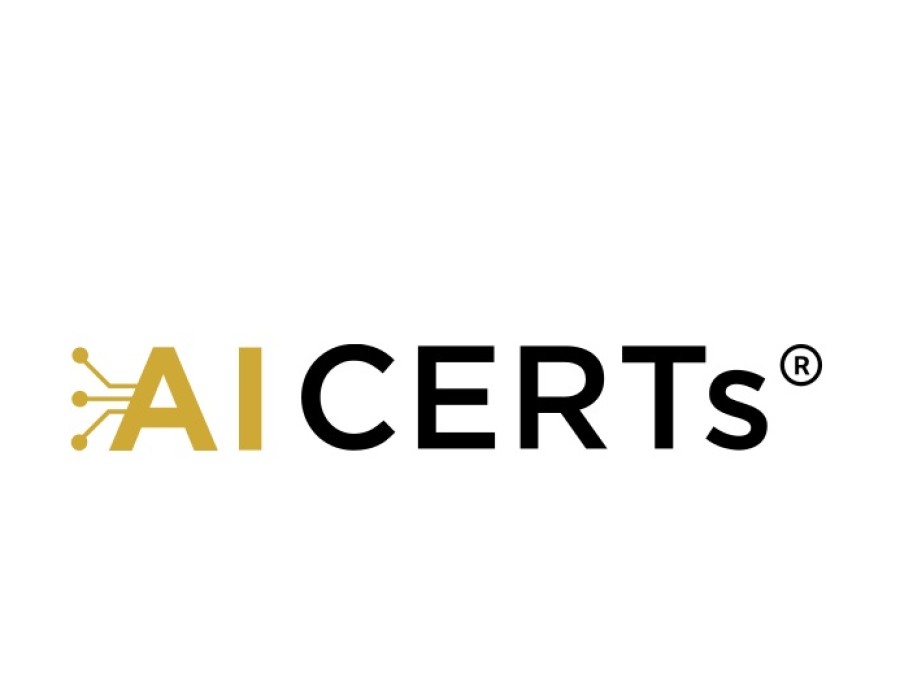Artificial Intelligence has become the engine behind everything from chatbots and search assistants to automated content creation and data analysis. However, the quality of AI’s output depends heavily on the way we communicate with it. This is where AI prompt engineering plays a crucial role. By carefully structuring prompts, professionals can guide AI models to generate more accurate, relevant, and creative responses.
As businesses and industries adopt AI tools at scale, the ability to design effective prompts is emerging as a high-demand skill. Professionals who master advanced techniques in prompt design not only produce better results but also save time, reduce errors, and unlock new possibilities in automation.
Beyond Basic Prompts: Why Advanced Skills Are Needed
Simple prompts may yield decent results, but they rarely provide the depth and precision required for professional use. This is why advanced prompt engineer training has become essential. More than just crafting a question, prompt engineering involves context-setting, role assignment, constraint design, and iterative refinement.
Some advanced strategies include:
- Contextual layering – Providing detailed background information so the AI can frame its response within the right context.
- Role-based prompting – Assigning the AI a persona (e.g., “You are a financial advisor”) to guide the tone and expertise of the response.
- Constraint-driven prompts – Defining boundaries, such as word limits or specific formats, to ensure output consistency.
- Iterative refinement – Adjusting prompts step by step to sharpen accuracy and relevance.
These techniques transform generic outputs into tailored solutions fit for real-world business and research needs.
Building Career Opportunities with Prompt Engineering
Professionals across industries are realizing the career potential in prompt design. From marketers optimizing AI-generated content to researchers leveraging AI for analysis, the ability to communicate effectively with AI models is becoming a competitive advantage. For those seeking to specialize, opportunities to learn AI prompt engineering can open doors to new roles such as Prompt Engineer, AI Solutions Specialist, or Automation Strategist.
Industries currently demanding prompt engineering skills include:
- Technology – AI-driven product development and coding assistance
- Marketing – Campaign generation, audience targeting, and personalized messaging
- Education – AI-driven tutoring systems and adaptive learning design
- Healthcare – Clinical documentation, patient communication, and data analysis
The versatility of these skills ensures long-term relevance as AI applications continue to expand.
Accessible Training Pathways for Professionals
Unlike traditional tech skills that require years of study, prompt engineering can be learned and applied quickly with the right resources. Many institutes now provide AI prompt training online, offering structured programs for working professionals, students, and even business leaders who want to leverage AI tools more effectively.
The advantages of online training include:
- Flexibility – Learn at your own pace while balancing other responsibilities
- Hands-on practice – Work directly with AI models to test and refine prompts
- Cost-effectiveness – More affordable than traditional degree programs
- Industry relevance – Programs are often designed with current market demands in mind
This flexibility makes prompt engineering one of the most accessible ways to future-proof a career.
The Value of Certification in Prompt Engineering
As demand for skilled AI professionals grows, certifications are becoming a powerful way to demonstrate expertise. A Prompt Engineer Certification provides proof that an individual has mastered essential and advanced techniques in prompt design, making them more competitive in the job market.
Employers value certifications because they act as trusted benchmarks, reducing the uncertainty around a candidate’s skillset. For professionals, they offer credibility, higher earning potential, and opportunities to take on specialized projects. For businesses, hiring certified prompt engineers ensures better integration of AI tools into workflows.
Conclusion
The rise of AI has created a new discipline where language and technology intersect—prompt engineering. While anyone can use AI with simple commands, it is the advanced techniques that unlock real business value and innovation. Training, practice, and certification in this field not only sharpen skills but also create opportunities across industries.
As AI becomes more deeply embedded in our daily lives and work processes, those who master the art of prompting will lead the way in shaping how technology delivers results. The future of AI effectiveness lies not in the models alone, but in the skill of the humans guiding them.




.jpg)

Comments